Is DeFi Truly Exempt from MiCA Regulations?

Identify suspicious transactions, prevent fraud & comply with AML, KYC & CFT regulations
Forensically analyze cryptocurrency transactions, track stolen funds, and investigate crime

Perform due diligence, flag risky transactions & generate risk reports

Training and certification for compliance & investigation teams
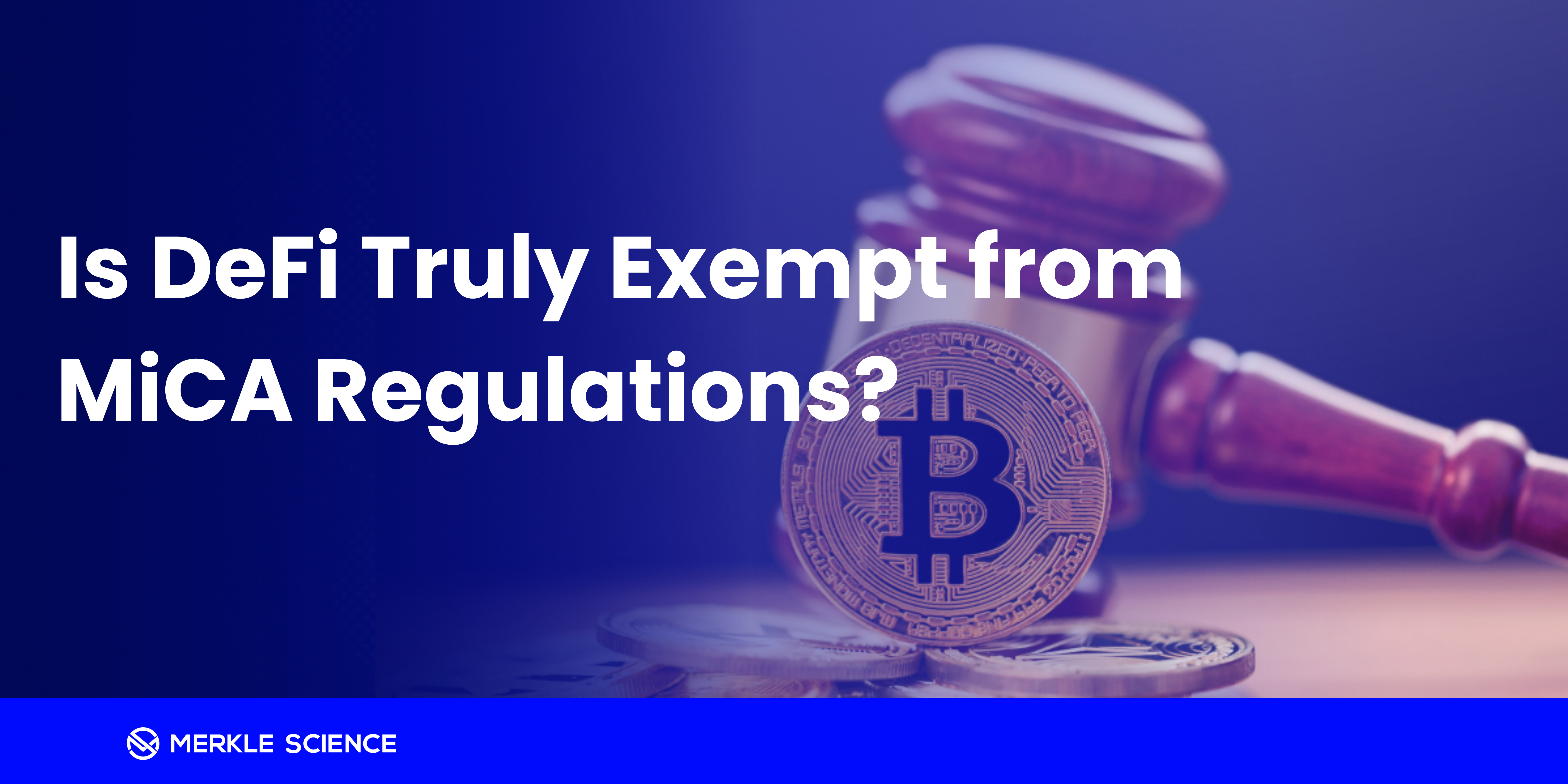

Crypto has long been a haven for criminals and criminal groups. Crypto can be a direct part of a crime, such as in a hack of an exchange, or a convenient conduit, such as when terrorist groups launder money with it to finance other activities.

The rise of decentralized finance (DeFi) has revolutionized how we interact with cryptocurrencies. However, alongside innovation comes the challenge of mitigating illicit activity. Coin swapping, a core function within DeFi, has emerged as a tool for money laundering, raising concerns about the potential misuse of these platforms. In this blog we’ll review how coin swapping on decentralized exchanges (or DEXs) works and why criminals exploit them to launder stolen funds. We'll also explore real-world examples of hacks where coin swapping played a major role in laundering stolen crypto across blockchains.

Stablecoins are cryptocurrencies designed to maintain a stable value by being pegged to a fiat currency or other assets. Their core advantage is the price stability that facilitates transactions and participation in decentralized finance. However, their main disadvantages include potential regulatory risks, as increased scrutiny and evolving regulations could impact their usage and acceptance, as well as centralization and transparency issues that pose significant compliance challenges.
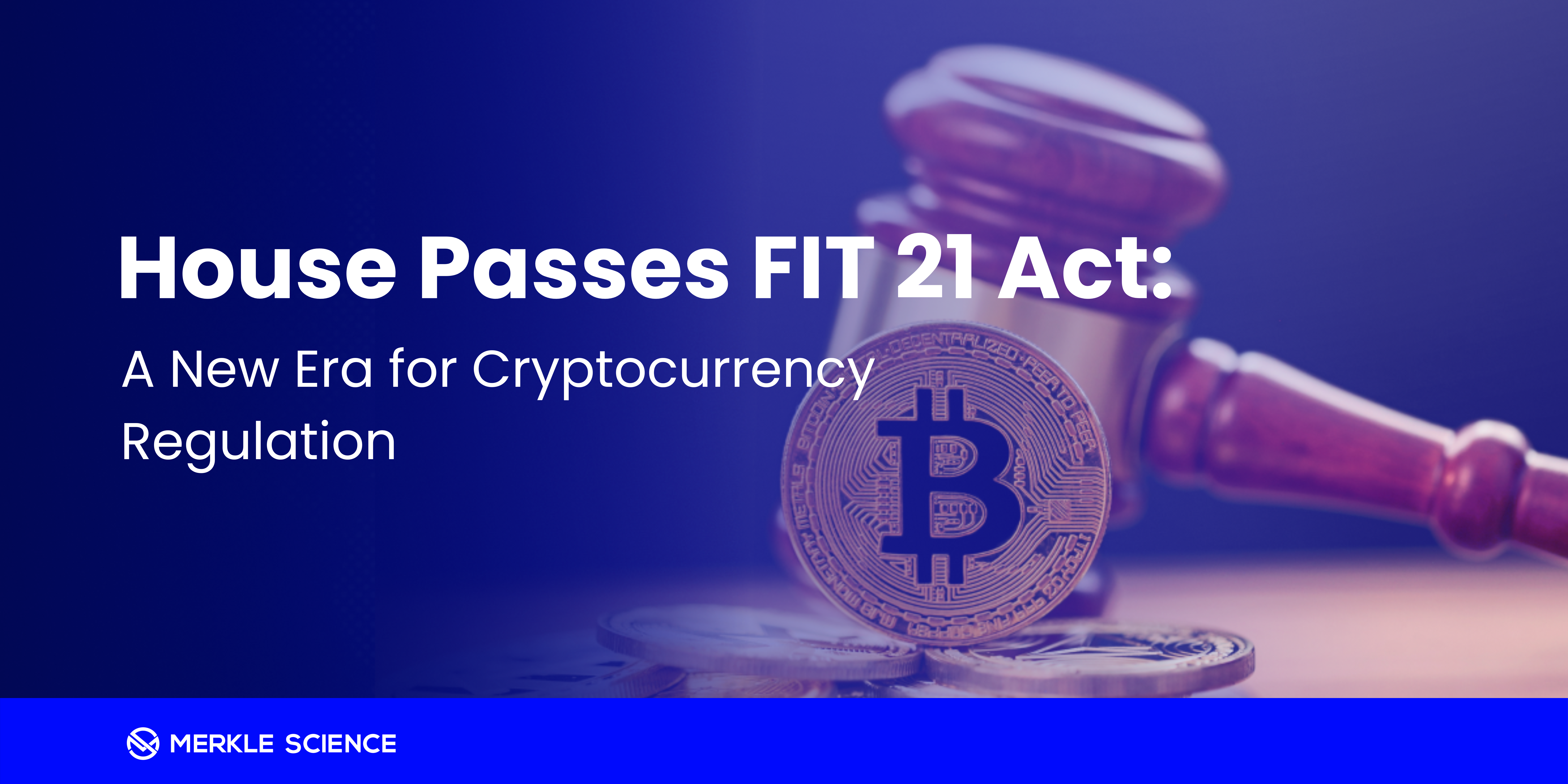
The US House of Representatives recently passed bill HR 4763, titled the “Financial Innovation and Technology for the 21st Century Act,” also known as “FIT 21.” FIT 21 is designed to provide an infrastructure for the tokens and coins that power blockchain transactions (“cryptocurrency” or “crypto”).
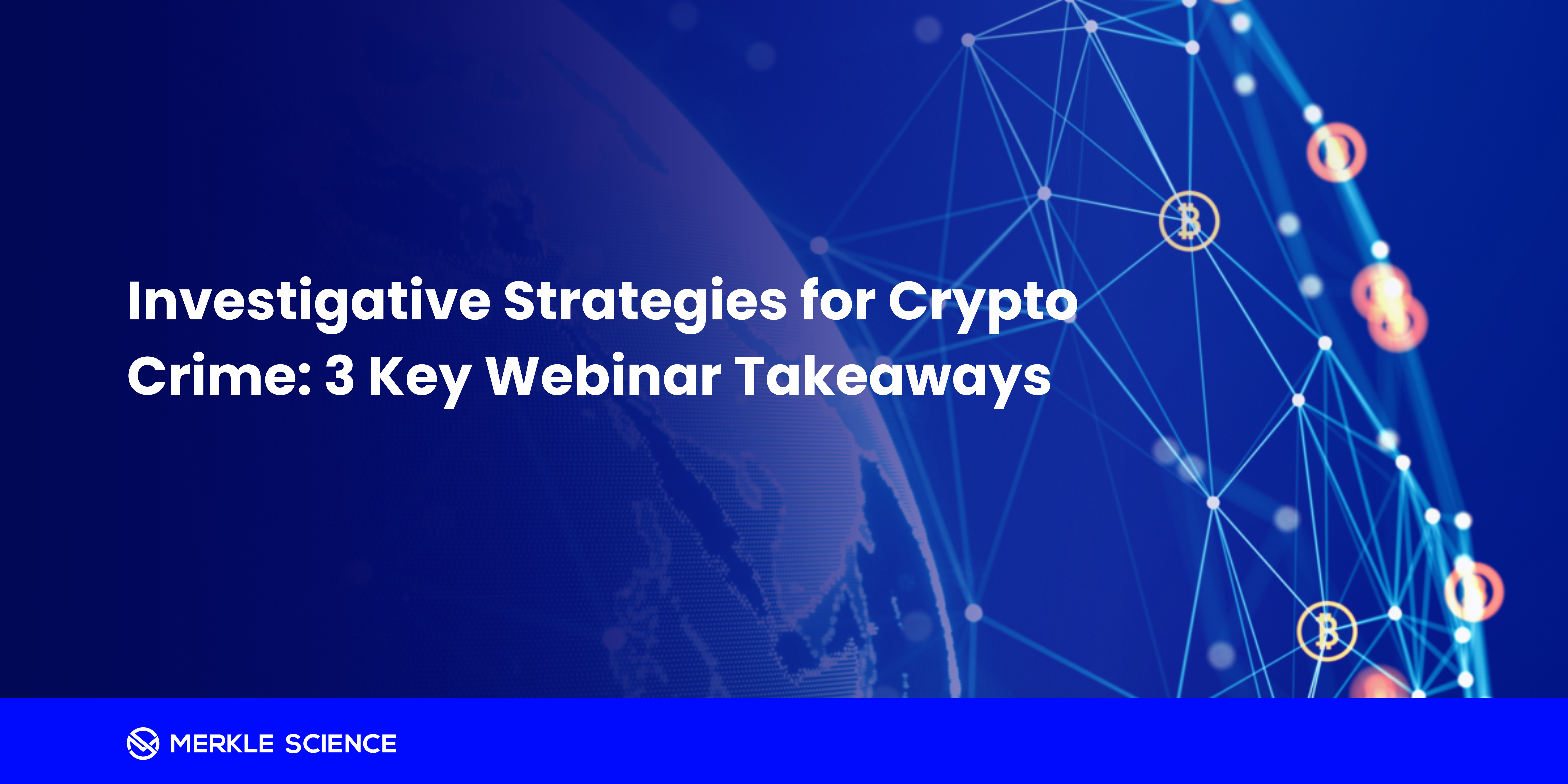
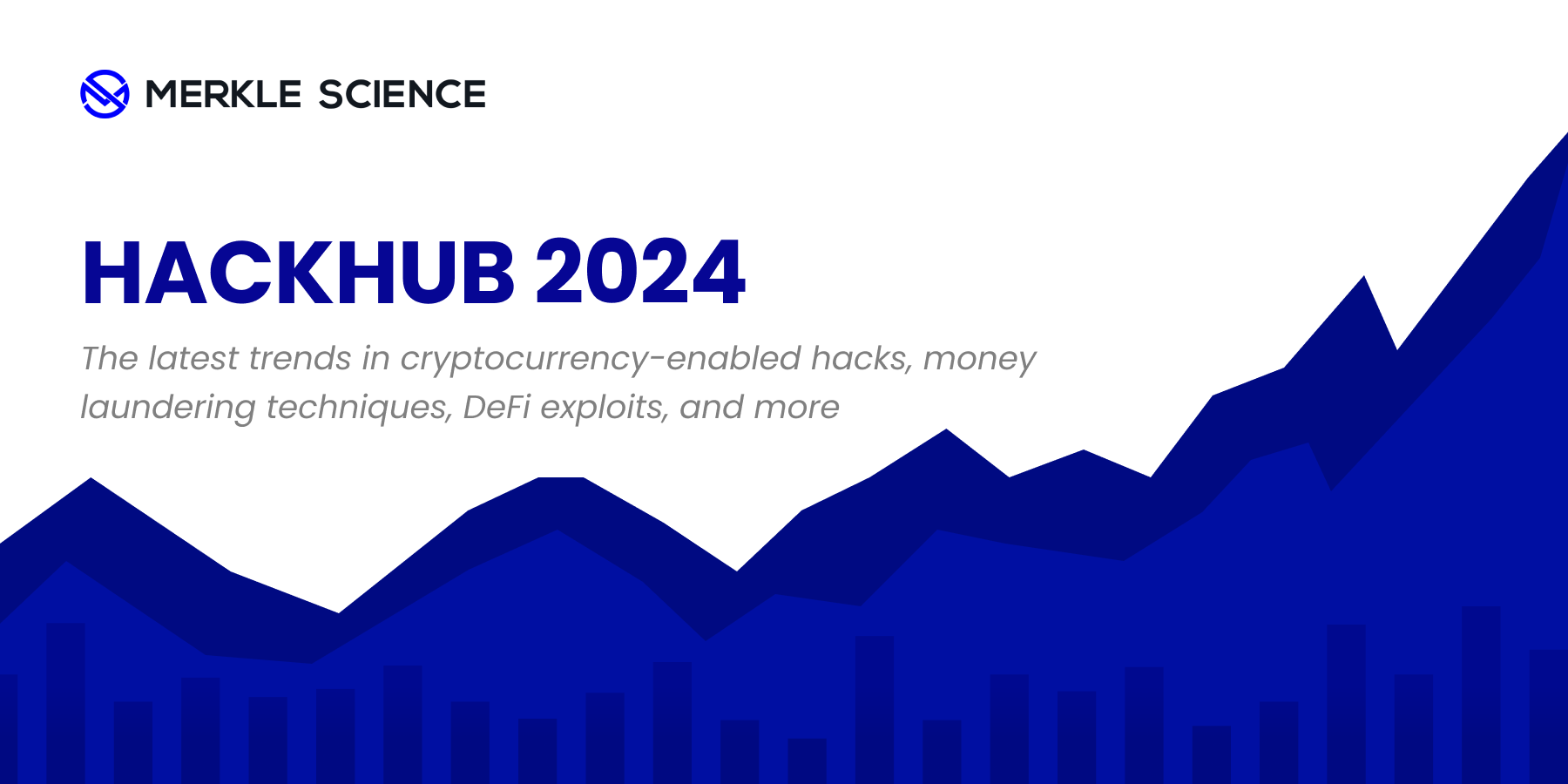
Merkle Science analysts reveal alarming trends in private key compromise, DeFi hacks, smart contract exploits, and more. What can these trends tell us about the future of crypto crime and risk mitigation?
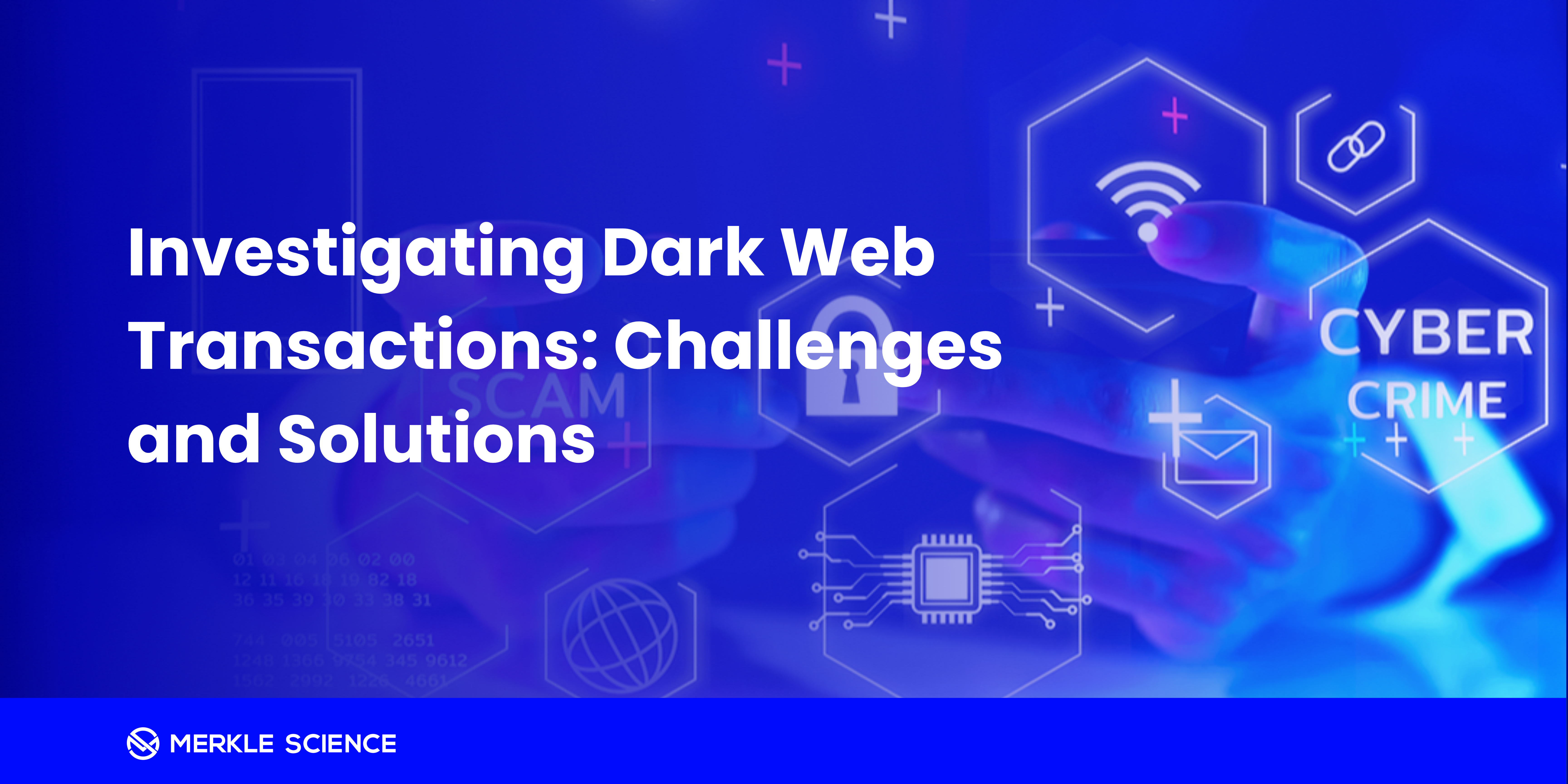
If you are reading this blog, you are likely doing so on the surface web (also known as the visible web), the part of the internet that is publicly available and indexable by search engines. The counterpoint to the surface web is the dark web, which is only accessible via specialized tools like the Tor Browser.

Navigating the complexities of Anti-Money Laundering (AML) compliance within cryptocurrency requires a robust understanding of regulatory frameworks. Even more importantly, businesses must have access to an effective AML compliance solution to maintain strong government relations, enhance user trust, and streamline business operations.

The U.S. Department of State in collaboration with the U.S. Department of Justice, the Federal Bureau of Investigation, the United Kingdom’s National Crime Agency, the Australian Federal Police, and other international partners, have taken a significant step against the infamous LockBit ransomware group. On May 7th, 2024 the United States designated Dmitry Yuryevich Khoroshev as the leader of LockBit and offered a reward of up to $10 million for information leading to his arrest or conviction.